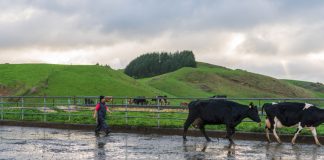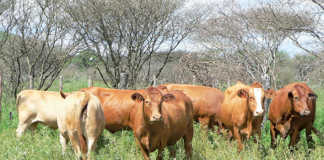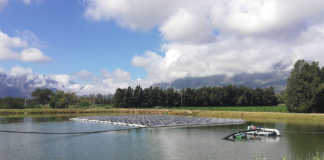The prospect of contesting an application may seem a daunting task involving legal expenses, but as Greg Daniels of Cullinan and Associates explained, there are cost-effective ways of intervening.
It’s important for farmers to convey their dissatisfaction with a mining application at every possible opportunity. Even though it’s not always possible to oppose an application for a mining right successfully, the objections and comments can lay the groundwork for an administrative appeal where available, or a judicial review.
“Under the MPRDA, mining rights had to be converted to new order rights (rights under the MPRDA),” explains Daniels. “Different categories of old order rights and varying time period within which those rights had to be converted were provided. The time periods within which applications for the conversion of old order rights had to be made has now elapsed, and because the MPRDA works on a first-come, first-served basis, a free-for-all situation has come about.”
For affected farmers, opportunities for fighting back lie in understanding the notification obligations of Section 10 of the MPRDA, and the environmental governance processes.
In terms of Section 10, the regional manager must, within 14 days of accepting an application for a mining authorisation – which may be for a permission, permit or right – make it known that such an application was received and call upon interested and affected parties (I&APs) to submit their comments.
According to Daniels, this opportunity tends not to be well publicised because the regional manager is obliged only to place a notice calling for comments by I&APs on the notice board of the regional office and also in the Magistrate’s Court.
“Unless you happen to visit either of these unlikely places within the 30-day period that the notice is posted, then the 30-day window within which to object will slip by,” he said.
To prevent this from happening, Daniels advised farmers who are approached by a person wanting to undertake mining activities on their land, to request, preferably in writing, to be informed by that person if or when an application had been submitted to the Department of Mineral Resources. Regular weekly scanning of the notice boards is recommended but it may not always be practical.
If a farmer manages to read the notice and objects to the granting of a mining authorisation, the regional manager must refer the objection to the regional mining development and environmental committee (RMDEC) for them to consider them and advise the minister. “RMDEC is a good platform for I&APs to raise their concerns with the granting of mining authorisations,” he says.
“This is because it consists of the regional manager, the principal inspector of mines and representatives of organs of state – in other words, a spectrum of officials, rather than a committee comprising only individuals from the department.
The minister may not approve an environmental management programme (EMP) or plan (for prospecting rights or mining permits) unless she has considered the recommendations made by RMDEC. The minister is only required to consider those recommendations but must obviously explain herself if her decision runs counter to a RMDEC recommendation.”
In order to obtain a mining right an environmental impact assessment (EIA) process must be undertaken and an EMP is required. The EIA process, which informs the EMP, requires the completion of scoping and EIA reports.
These processes take place before the applicant becomes a right holder. The information is used by the decision maker to assess whether or not the mining right may be granted. Once an application has been accepted it’s the regional manager’s responsibility to put a notice out to I&APs.
But, when it comes to the EIA process, it’s the applicant’s responsibility (usually via a consultant) to notify and contact I&APs. I&APs’ comments must be included in the scoping report. This is another opportunity for I&APs to submit their comments on mining right applications and more particularly to raise issues or concerns that they have, should the right be granted.
A third opportunity to submit comments arises when the minister considers the EMP. Daniels said a practice has developed where the EIA report and EMP are presented at the same time, either conflated into one document or as separate documents.
Cullinan & Associates has specialised in this area of law since 1997.











